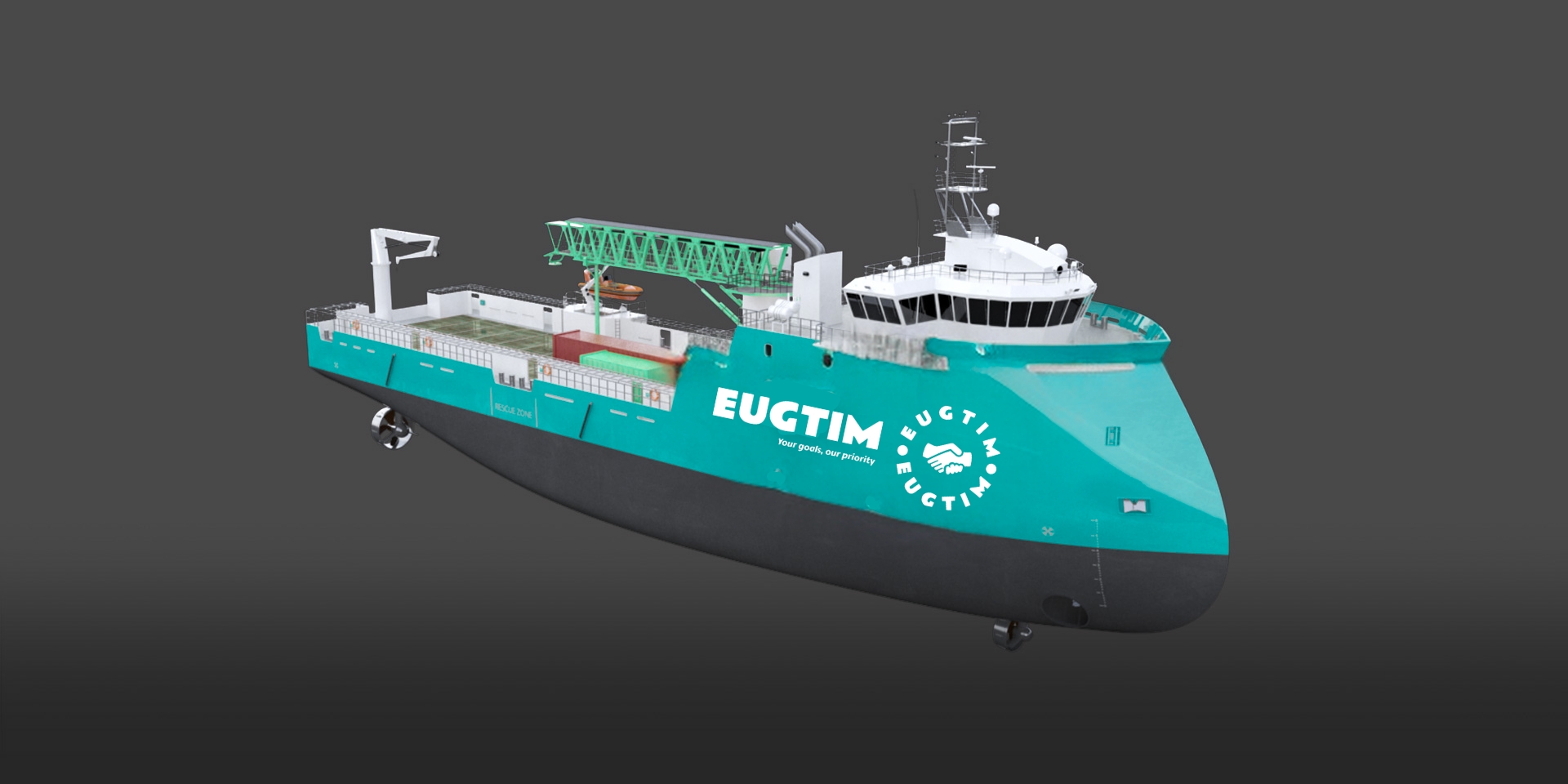
COMPUTER-CONTROLLED SYSTEM TO AUTOMATICALLY MAINTAIN A VESSEL’S POSITION BY USING ITS OWN PROPELLERS AND THRUSTERS.
THE GANGWAY SYSTEM IS FITTED WITH SEVERAL HYDRAULIC SYSTEMS IN ORDER TO COMPENSATE THE MOTION OF THE SEA AND THE MOVEMENT OF THE VESSEL. THIS ENABLES THE VESSEL TO PROVIDE A SAFE TRANSFER OF PERSONNEL OFFSHORE.
LARGE DECK SPACE TO TRANSPORT A WIDE RANGE OF CARGO GOODS.
SINGLE OR DOUBLE CABINS TO ACCOMMODATE UP TO 80 SERVICE TECHNICIANS AND THE VESSEL CREW IN SPACIOUS CABINS.
THE DECK CRANE WILL BE USED TO HAND OVER HEAVY CARGO OR CONSUMABLES TO A OFFSHORE WIND TURBINE. THIS INCREASES THE SAFETY OF THE SERVICE PERSONNEL WORKING ON THE TURBINE.
THE STREAMLINED BOW ENSURES A SMOOTH AND VERY SEASTABLE RIDE IN A HEAVY SEA.
* THE VESSELS SHOWN HERE ARE EXEMPLARY MODELS ONLY.
Walk-to-Work vessels, also called Service Operation Vessels (SOV), are used to safely transfer people and small cargoes to offshore platforms like wind turbines, especially during bad weather. The most important feature of these vessels is the motion-compensated gangway, which helps stabilize the transfer even in rough seas. Depending on the vessel and gangway type, safe transfer can be done in waves up to 3 meters high. These vessels usually have many cabins for the crew, a work deck for equipment, and a heave-compensated crane. They often also have a helipad and a boat landing to transfer personnel using helicopters or boats. To keep the crew comfortable, they include recreational facilities, high-quality cabins, and good meals. Walk-to-Work vessels are a helpful way to reduce travel time from shore and improve safety, as crew members are well rested and less likely to get seasick.